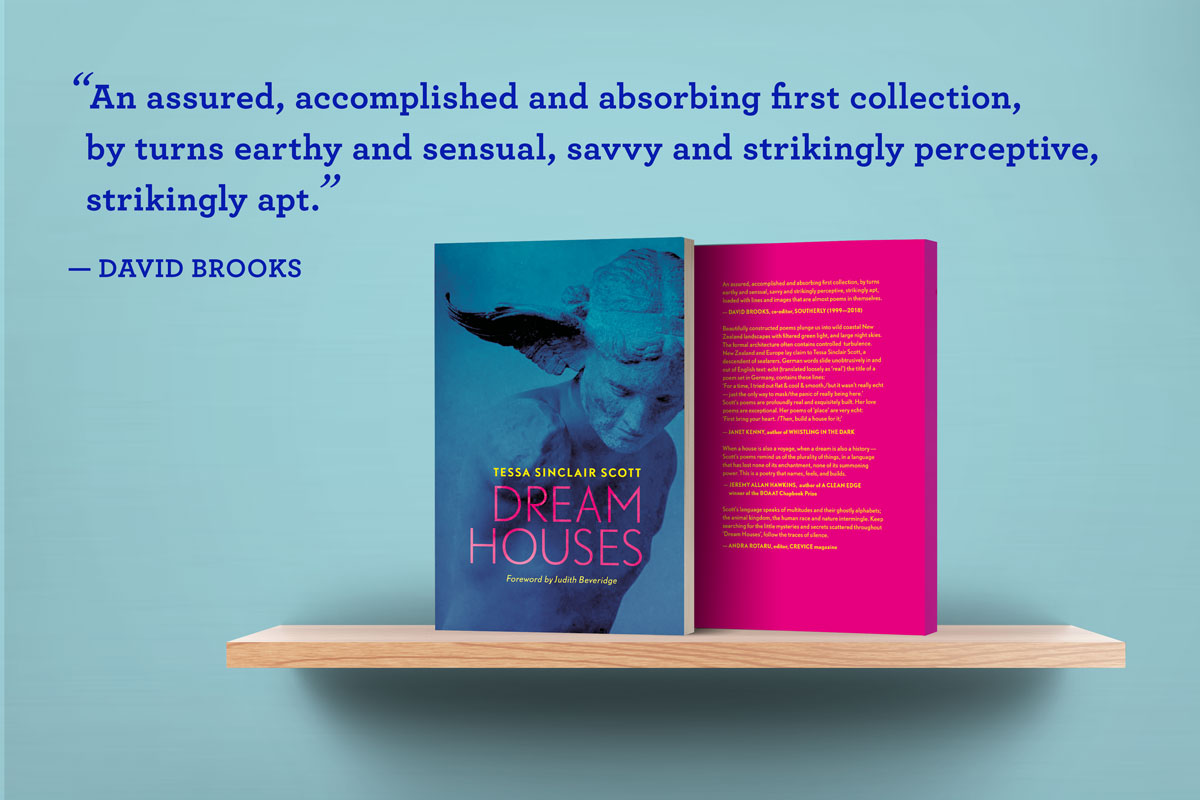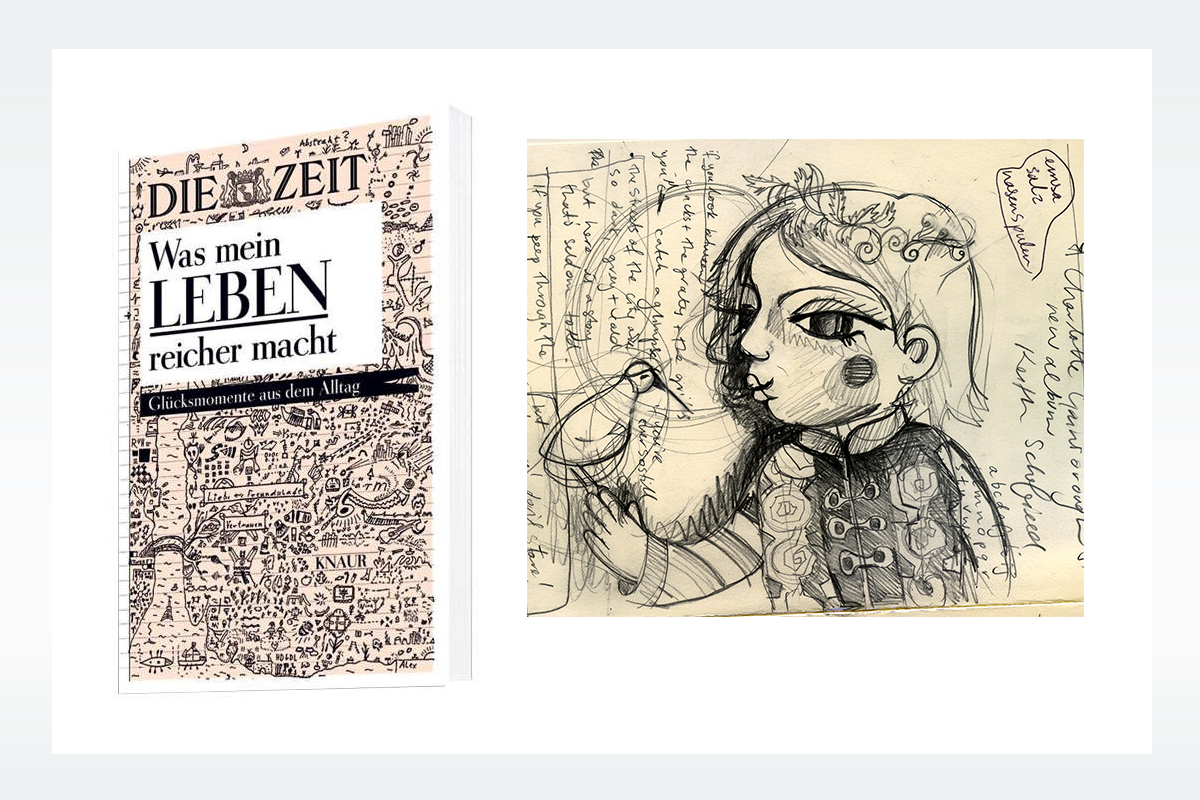Hello fellow art lover!
Moog Magazine is a worldwide hub for art and culture.
-

DREAM HOUSES poetry collection
DREAM HOUSES is Tessa Sinclair Scott’s first poetry collection; 13 years, 3 countries and 2 languages in the making. Published by Kelsay Books and with a foreword by acclaimed Australian poet Judith Beveridge.
-
Emily Dickinson & punctuation-reveal
I’ve long suspected I lean on em dashes too heavily in my poems. I blame Emily Dickinson. OK, that’s very weak. I blame myself and my love of Emily Dickinson’s em dashed line endings, for in Emily’s hands the em dash is sublimely enigmatic.
-
Alchemy: from poem to song
I first met music educator and singer, Audrey Bashore, when she taught my son at the Kindermusik early years music studio in Hamburg. A few years later, Audrey asked me if I’d be interested in collaborating with her and jazz composer Lisa Stick to turn…
-
Is it worth doing a special launch edition?
On the down side, the cost was a factor, but in the end, I decided the best solution was to offset print an A2 poster on soft grey uncoated stock and chop it up using a scalpel and metal ruler.
-
Dream Houses launch, Hamburg
The launch of Dream Houses took place at the beautiful Lesesaal bookshop and cafe, Stadthausbrücke 6 Hamburg, on 25 October 2019.
-
DREAM HOUSES Launch at Lesesaal Bookshop & Cafe
News Flash! Dream Houses Launch confirmed for the beautiful Lesesaal bookshop and cafe, Stadthausbrücke 6 Hamburg, on 25 October at 7.30 pm.
-
Goethe Institute Interview 2/2
I like to think poems are reflections of a truth, but only in that one moment.
-
Goethe Institute Interview 1/2
For me, German is first and foremost a pragmatic language that has to do with dealing with authorities and buying groceries, an everyday language. But my inner world is English, and to externalise this I use the appropriate means. For me, writing poetry in my…
-
Paradise Diptych | Downloadable Poem with notes
The poem Paradise Diptych (download here) from my first poetry collection DREAM HOUSES was inspired by this mural by New Zealand artist Colin McCahon. Painted directly on the interior wall of the artist’s kitchen, circa 1952, it was acquired directly from McCahon’s French Bay home…
-

Lisa Stick Septett
Speaking of boxes… look what just popped out of its 📦 The first of 2 posters I designed for the luscious Lisa Stick Septett | See them at Birdland 🐧 and all over jazzy Hamburg joints this summer 🌞 Thanks to the fabulous Audrey Bashore…
-
Unboxing Dream Houses
Literally the most exciting box I have ever opened 😭 my first poetry collection Dream Houses, welcome to the world 💛🧡💛
-

Daniel Matzenbacher’s favourite ice-cream* flavour?
A republish from the archives in memory of Daniel, a truly great illustrator, and ice-cream connoisseur, who passed away recently. He’s missed by everyone who knew him. * You won’t find this nugget of information in the online interview I translated for Daniel back in…
-

Was mein Leben reicher macht?
Someone, somewhere, once said that we become the books that we read. So, if we read happy books, we get happy, right? Well, now you can experiment on yourself with the nicely produced volume Was Mein Leben Reicher Macht from Knaur Verlag. These collected musings…
-
The Wrong Language
For the good folks at The Local, I can’t thank you enough that you’ve featured my blog of letters, from Hamburg, called (appropriately enough) ‘Letters from Hamburg‘, twice in the last little while in the Ex-Pat Dispatches column…
You must be logged in to post a comment.